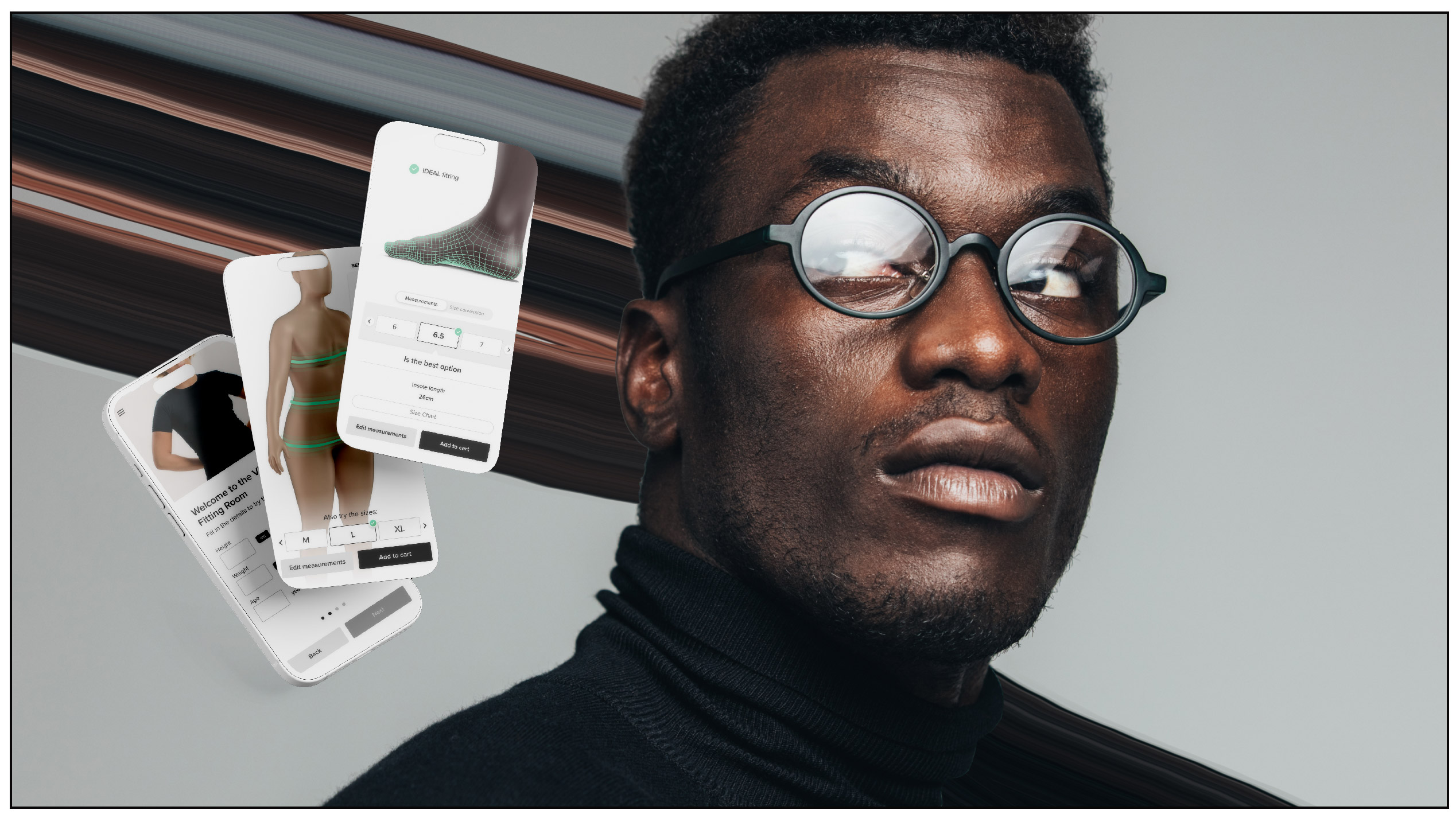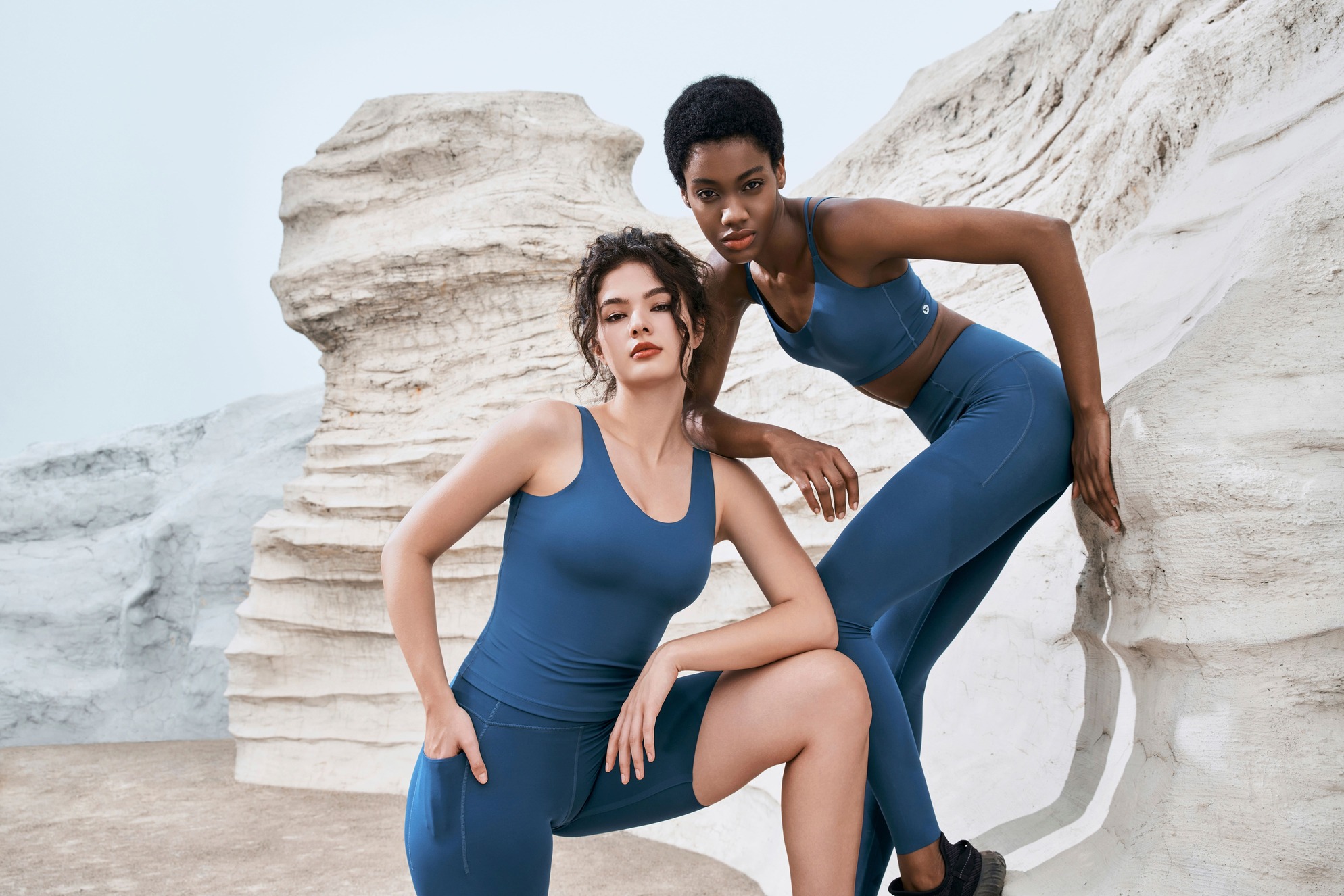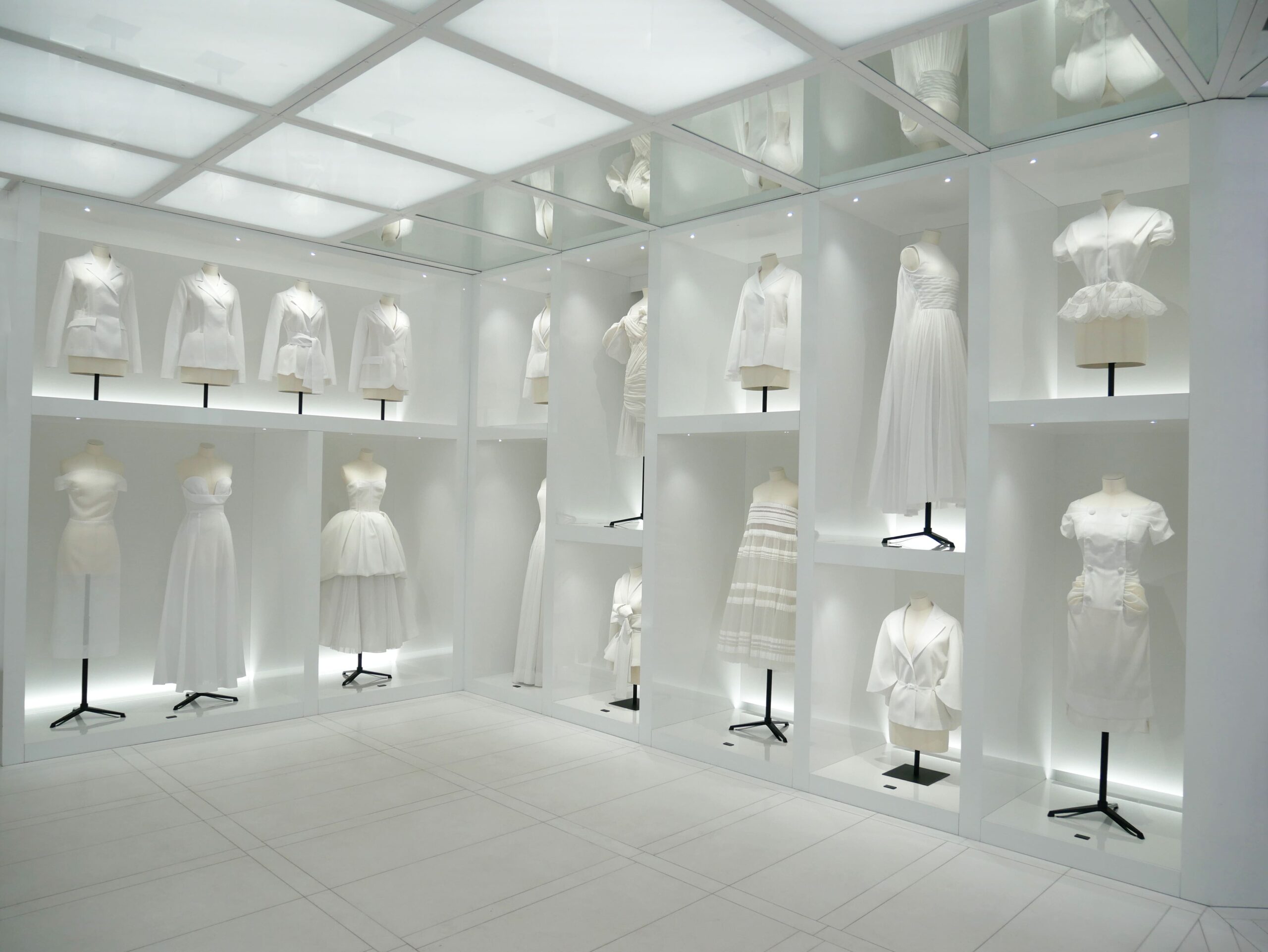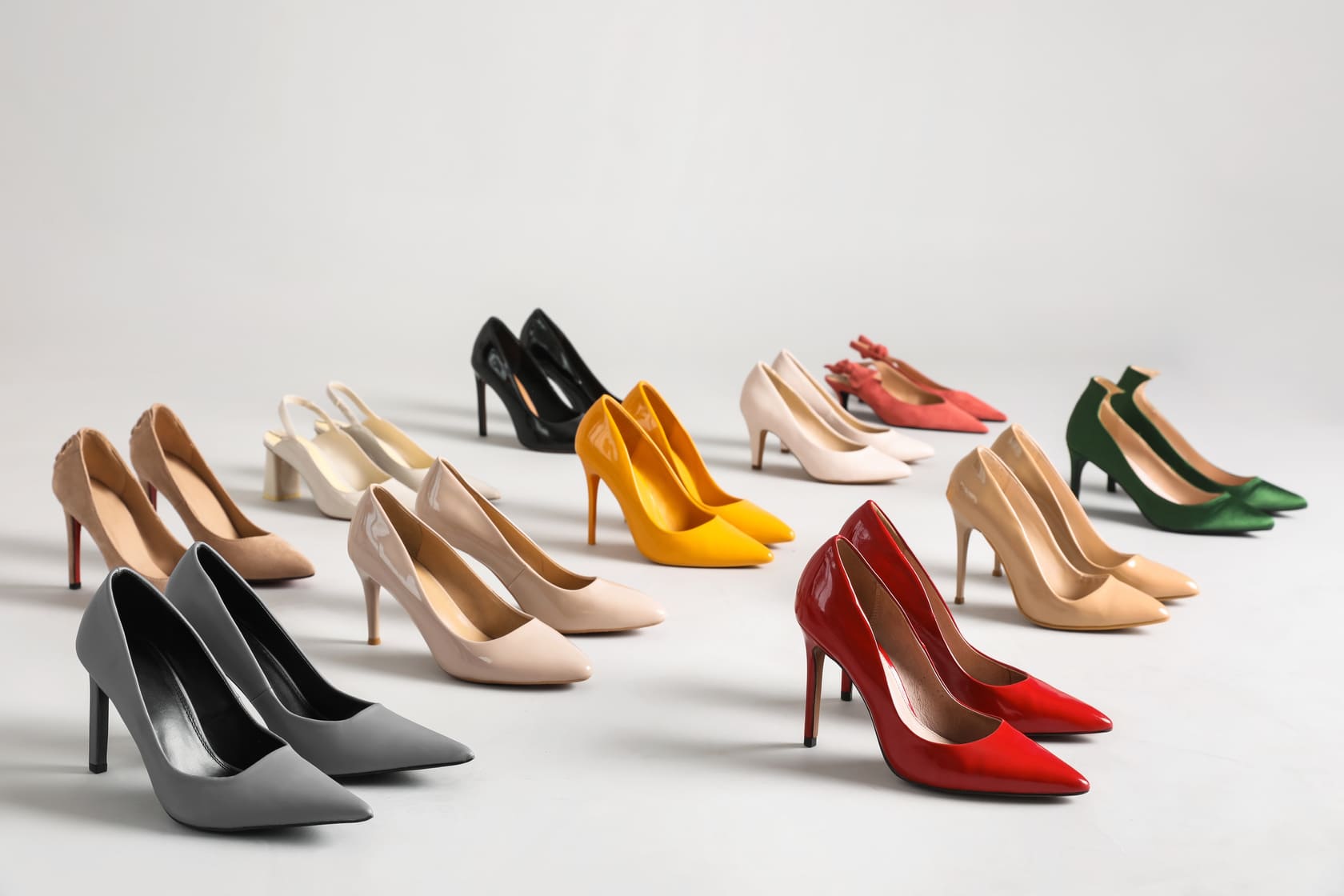July 2024
Body Size Simulators: What They Are and How They Work
Ester Bazzanella

Shopping online is convenient. You can browse countless stores, collections, and garments without ever leaving your house. But some aspects of it aren’t so convenient. For shoppers, the biggest challenge when buying clothes online comes right before adding an item to their cart: picking out a size.
Receiving clothes that don’t fit right isn’t the experience anyone wants when shopping for clothes online. But getting sizing right online is hard. Sizing is inconsistent across brands, garments are meant to fit differently, and size charts can’t properly capture the fit and fall of garments with measurements alone.
That’s where body size simulators come in. They help fashion e-commerce retailers make sure their customers pick out the right size.
In this article, we’ll explain what body size simulators are, how they work, their benefits, and the importance of pattern making knowledge when implementing body size simulators in e-commerce stores.
Understanding body size simulators
Body size simulators are tools or applications that determine body size based on user-inputted data, typically height, weight, age, and sometimes other specific body measurements. In short, they help users visualize their body size and/or calculate specific body measurements.
How exactly body size simulators calculate user body size varies, but there’s usually anthropometric data and algorithms at work. They have a number of uses in different fields, such as health and fitness, fashion design and e-commerce.
In fashion e-commerce, body size simulators are an integral part of size recommendation tools. Size recommendation tools greatly improve the online shopping experience for users by allowing them to quickly and accurately pick out the right size of clothing and footwear.
Body size simulators in fashion e-commerce size recommendation
When shopping for clothes in person, you can try on multiple different sizes to see which one fits the best. Online, things aren’t so easy. Some shoppers still try on multiple sizes. Shoppers order multiple sizes – a practice known as bracketing – try them on at home and return the undesired sizes. It’s certainly one way for online shoppers to find the right size, but if you run an online store, it’s far from ideal.
First, there are the costs involved. Return logistics, restocking, unsold garments, and returns add up. Second, there are environmental costs arising from unnecessary packaging and CO2 emissions.
Instead of bracketing, it’s in the best interest of fashion e-commerce retailers to encourage shoppers to purchase a single size, and the right size. The solution is size recommendation technology, and body size simulators are an important component of anthropometric-based size recommendation tools.
By simulating body size and proportion, size recommendation tools can match a shopper’s body measurements with product size charts to recommend the best size for their body. On top of that, since they have complete size chart data, they can also show shoppers how different sizes will fit their body size.
Note: Not all size recommendation tools simulate body size. Some tools use statistical models. Instead of matching simulated body measurements with sizing information to recommend sizes, these tools cross-reference user-inputted data with past purchases and return rates. They make size recommendations based on the most purchased sizes by past shoppers with similar data.
Benefits of body size simulators in size recommendation
Together, body size simulators and size recommendation technology present a number of benefits for fashion e-commerce stores.
Personalized fit recommendations:
By simulating body size, users can see how different sizes of a garment will fit. Whether one size will be too tight, too loose, or too long. Armed with this information, online shoppers can pick out a size taking into consideration their personal preferences.
No more bracketing or returns due to sizing
Accurate size recommendations help discourage bracketing. There’s no reason for shoppers to purchase multiple sizes if they’re confident they’re ordering the right size.
Returns and exchanges due to incorrect sizing are also greatly reduced. Again, when shoppers purchase the right size, there’s no need to send them back.
Data-driven insights:
The data generated through simulating body sizes can be extremely valuable. Knowing the average body sizes of your shoppers and the sizes they purchase can help drive important decisions. It can help with inventory decisions, and if your store designs its own clothing, body size data can also help improve garment designs and influence future collections.
More completed purchases
Most shoppers will give up on buying garments if they’re unsure of what size to order. But by simulating body size and making size recommendations, shoppers feel more confident that they’re ordering the right size. The result is fewer abandoned carts and more completed purchases.
The importance of understanding pattern-making
Accurately simulating body size is only half the battle for making accurate size recommendations. As we mentioned earlier, simulated body measurements need to be matched with size chart data for size recommendation. To that end, an understanding of pattern-making and garment design is essential.
Integrating pattern-making knowledge into body size simulators helps guarantee that the intricacies and nuances of garment design are captured. Providing the most precise fit analysis lets customers truly understand how pieces will fit them without ever having to try them on. It also allows customers to make the most personalized decisions possible when picking out their desired size.
Beyond body size simulation
As you’ve seen, body size simulators are extremely useful in the fashion e-commerce space. They help shoppers purchase the right size while helping stores reduce their return rates and optimize conversions. However, successful implementation requires a solid understanding of pattern making and garment design.
If you’d like to learn more about fashion tech, check out our article about size recommendation technology.








